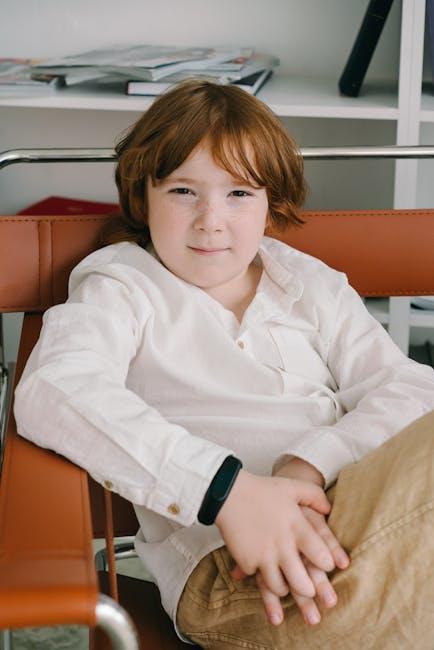OT and RDH Collaboration Can Break Down Oral Health Barriers for Autistic Children
Published on rdhmag.com
Introduction
For many autistic children, maintaining oral health can be a significant challenge. Sensory sensitivities, anxiety, and communication barriers often make routine dental care difficult—leading to increased risk of dental issues and reduced quality of life. However, a dynamic collaboration between Occupational Therapists (OTs) and Registered Dental Hygienists (RDHs) is proving to be a game-changer. By combining their specialized skills, OTs and RDHs are creating tailored strategies that break down oral health barriers and enhance dental experiences for autistic children.
Why Collaboration Between OT and RDH Matters
Oral health care is multifaceted, requiring attention not only to teeth and gums but also to the sensory, behavioral, and motor skills of the patient. Here’s why the partnership between Occupational Therapists and Dental Hygienists is so essential:
- Occupational Therapists (OTs) specialize in understanding sensory processing, motor skills, and behavioral adaptations. They help autistic children handle sensory overload, manage anxiety, and develop routines.
- Registered Dental Hygienists (RDHs)
Together, they create a holistic approach that addresses the unique challenges autistic children face in dental settings.
Common Oral Health Barriers for Autistic Children
| Barrier | Description | Impact on Oral Care |
|---|---|---|
| Sensory Sensitivities | Heightened response to sounds, tastes, textures, and lights | Avoidance of tooth brushing and dental visits |
| Communication Difficulties | Struggle to express discomfort or understand instructions | Increased anxiety and misunderstood needs |
| Anxiety and Fear | Generalized fear of unfamiliar environments and people | Resistance or refusal to undergo dental exams or cleanings |
| Motor Coordination Challenges | Difficulty performing fine motor tasks like brushing or flossing | Poor oral hygiene and increased dental decay risk |
Benefits of OT and RDH Collaboration in Pediatric Dental Care
This teamwork approach positively transforms oral health care experiences for autistic children. Some key benefits include:
- Customized Oral Care Plans: OTs evaluate sensory and motor challenges while RDHs tailor hygiene protocols that fit each child’s needs.
- Enhanced Sensory Integration: Implementing sensory strategies such as gradual exposure, visual schedules, and calming techniques.
- Improved Communication: Use of visual aids, social stories, and clear verbal/non-verbal cues to help children understand procedures.
- Reduced Anxiety: Collaboration fosters a comforting environment, minimizing stress and behavioral challenges.
- Empowered Families: Training caregivers with practical home care techniques aligned with the child’s sensory profile.
Practical Tips for Successful OT and RDH Collaboration
Implementing an effective partnership requires strategic planning and open communication. Here are practical tips:
- Regular Interprofessional Meetings: Schedule ongoing discussions to share observations, progress, and update care plans.
- Joint Assessment Sessions: Conduct combined evaluations when possible to provide comprehensive insights.
- Develop Sensory-Adapted Dental Settings: Adjust lighting, sounds, and tactile stimuli in the dental environment to reduce sensory overload.
- Use Visual and Social Story Tools: Prepare children with pictorial guides explaining dental visits to build familiarity.
- Caregiver Education: Co-train parents/caregivers on at-home oral hygiene techniques and behavioral strategies.
- Flexibility and Patience: Adapt appointment lengths and procedures to the child’s tolerance levels.
Case Study: Breaking Barriers Through Collaboration
Meet Jason, a 7-year-old autistic boy who struggled with extreme dental anxiety and sensory sensitivities that made routine cleanings nearly impossible. An OT-RDH team took a collaborative approach:
- The OT conducted sensory integration sessions and helped Jason learn calming breathing exercises.
- The RDH introduced a visual schedule and a touch gradient chart during dental cleanings to communicate discomfort levels.
- They adjusted the dental clinic environment with dimmed lights and noise-cancelling headphones.
Within three months, Jason transitioned from refusing dental visits to completing thorough cleanings with minimal distress. His parents reported improved brushing routines at home.
First-Hand Experience: Insights from a Dental Hygienist
“Working directly with occupational therapists has revolutionized how I approach autistic patients. Understanding sensory triggers and partnering on behavioral strategies allows me to provide a calm, patient-centered dental care experience that truly meets each child’s needs. The collaboration is not just beneficial—it’s essential.” – Maria Gonzalez, RDH
Conclusion
The partnership between Occupational Therapists and Registered Dental Hygienists is a powerful tool to dismantle the oral health barriers faced by autistic children. By addressing sensory, behavioral, and communication challenges together, these professionals create supportive dental care environments that foster better oral hygiene and improve overall well-being.
As awareness grows and interprofessional collaboration becomes standard practice, we can expect more autistic children to experience positive dental care journeys—with healthier smiles and brighter futures.


